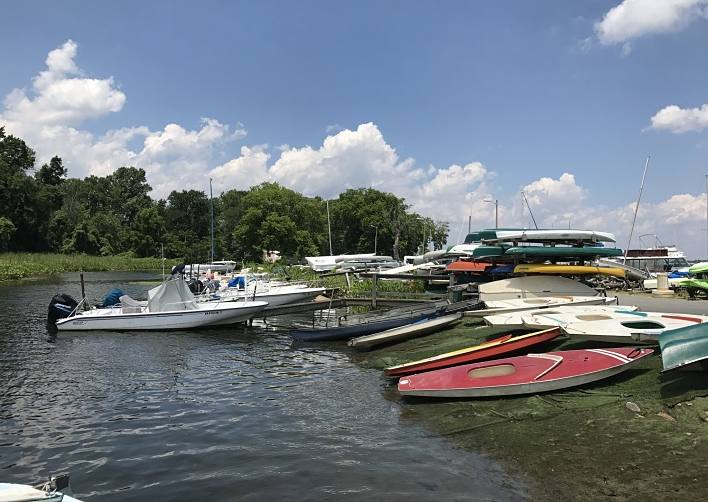
īelle Haven is located 20 minutes outside of Washington, D.C.Īs of the census of 2000, there were 6,269 people, 3,116 households, and 1,570 families residing in the CDP. The northern border follows tidal Hunting Creek and is with the city of Alexandria.Īccording to the United States Census Bureau, the CDP has a total area of 2.9 square miles (7.4 km 2), of which 2.0 square miles (5.1 km 2) is land and 0.89 square miles (2.3 km 2), or 30.93%, is water. The eastern border of the community is in the Potomac River and is the state border with Maryland. The golf course and club later became the Belle Haven Country Club, which still exists. Upon purchasing the land, Howell set up two corporations, one to construct a golf course and club, and the other to develop a residential subdivision. The current Belle Haven residential community had its start in the 1920s when David Howell, a civil engineer from Alexandria, purchased the land from owners Mrs.

No house occupied this land again until the first house was built in Belle Haven at 6041 Woodmont Road in 1928.

In 1862 the 39th New York Volunteer Infantry Regiment (Garibaldi Guard) occupied the plantation and later burned it to the ground, retaliating against the owner's sons for serving as officers on General Robert E. Johnston died several years before the Civil War, and his widow ran the plantation in his place. He was probably kept busy repairing all of Smith's additions.

He did little enlarging to the plantation, still known as West's Grove. Smith died in 1830, and after several years the plantation was sold to Dennis Johnston. These included larger slave quarters for the forty slaves he owned. He is also known for his vast building spree, where he had no less than thirteen new buildings built for the much enlarged plantation. This increased his land holding considerably, but the embankments were cut after his death and never repaired. This included the draining of the swamps along the Potomac River and building a dike. Smith is known to have enlarged the original 155 acres (63 ha) to over 1,800 acres (730 ha). Smith, who bought the plantation from the last West, James, who died in 1814. The home passed from the West family in 1814 to a Col. His son, John, followed in his father's footsteps with continued public work until he died in 1777. Hugh West himself was a burgess from Fairfax County, a vestryman, and a trustee of the town of Alexandria. The West family was important in Virginia and Fairfax County politics in the 18th century. It capitalized on its close and favorable position to the newly forming town of Alexandria. The area later became part of the West Grove Plantation, which was built by Hugh West around 1748.

This early settlement thrived along the Potomac River as a port and was later renamed "Alexandria". They named the settlement after their favorite countryman, the Earl of Belhaven. The name "Belle Haven" derives from when Scottish pioneers settled along the Potomac River in the early 18th century. 3.1 Population history of Belle Haven CDP from the U.S.


 0 kommentar(er)
0 kommentar(er)
